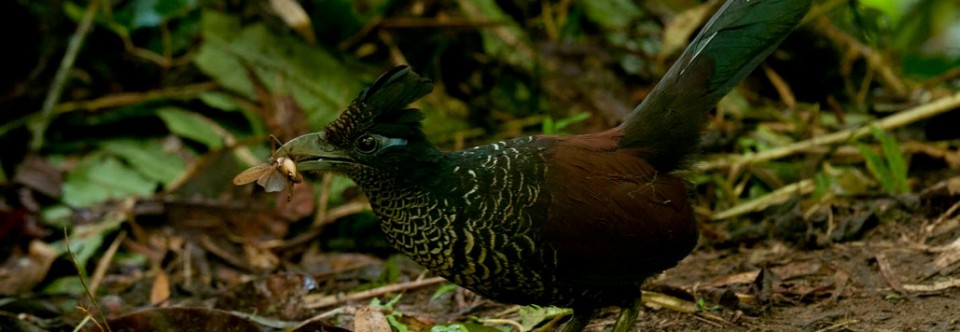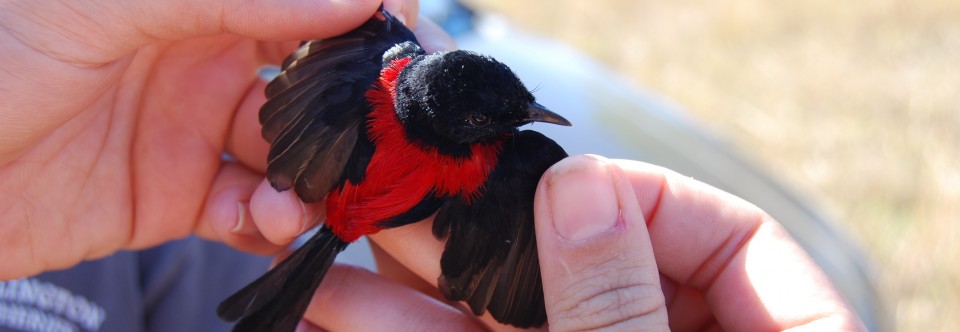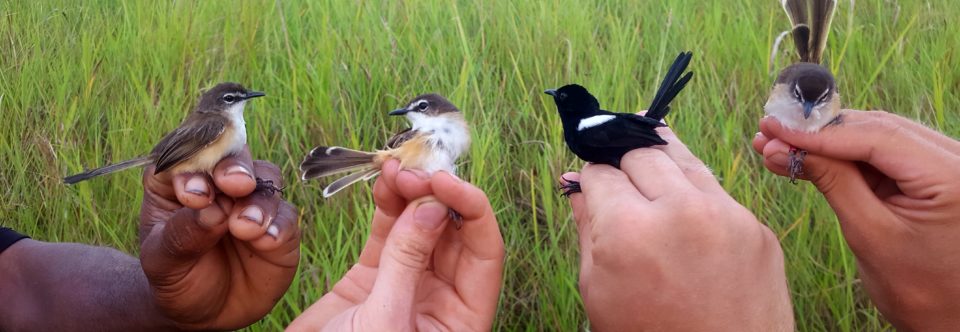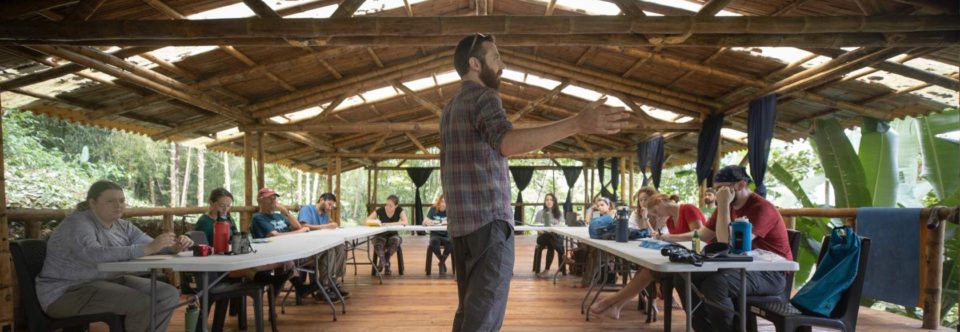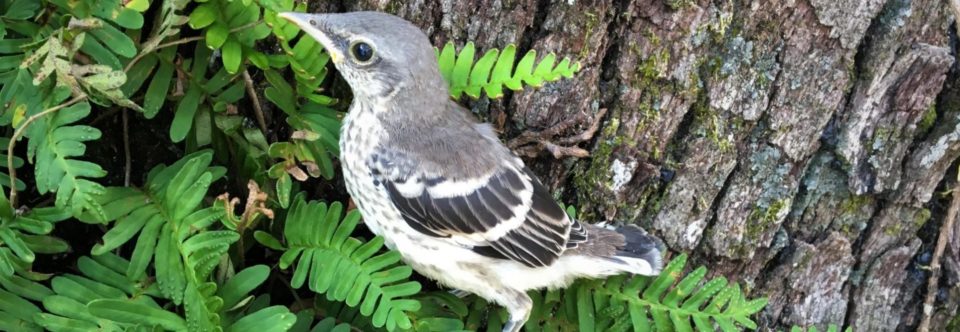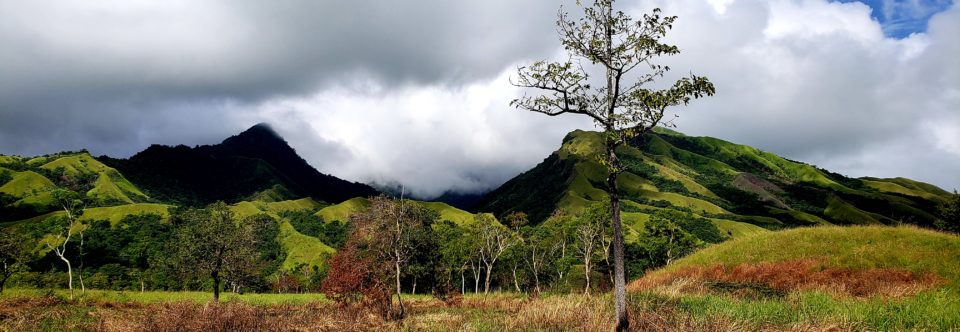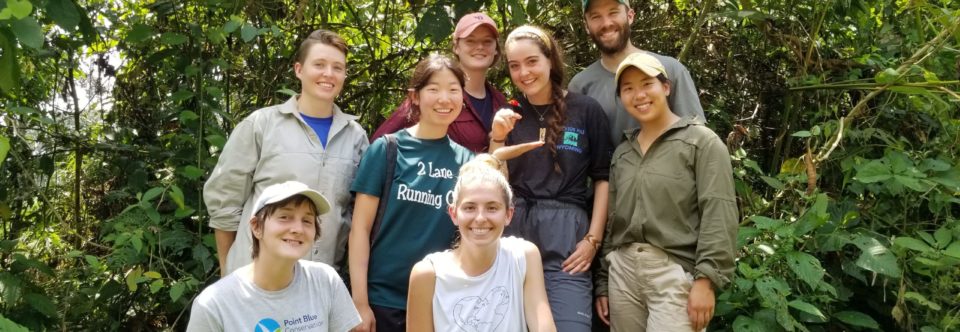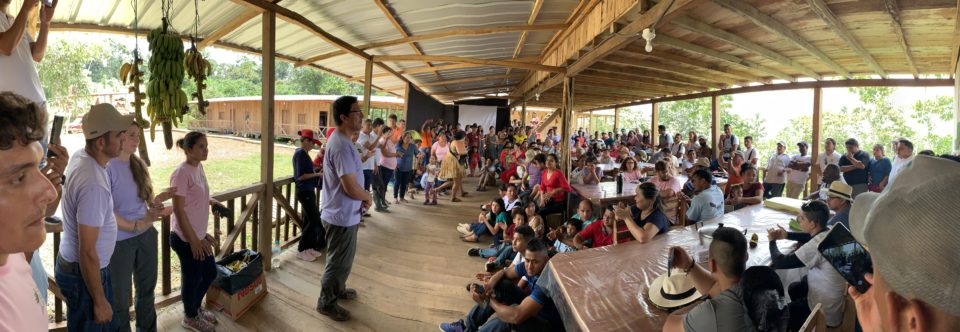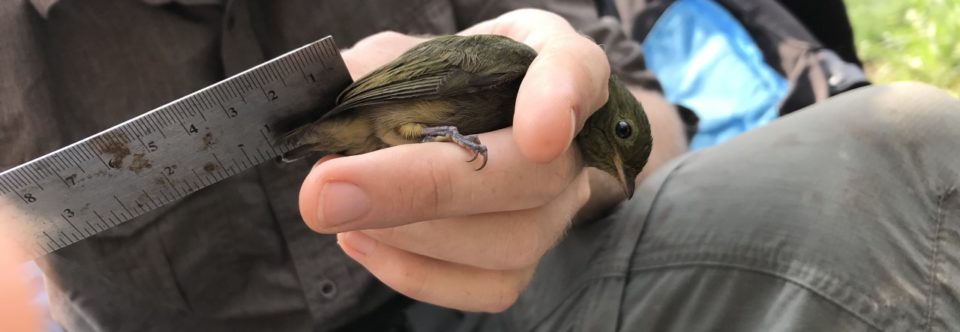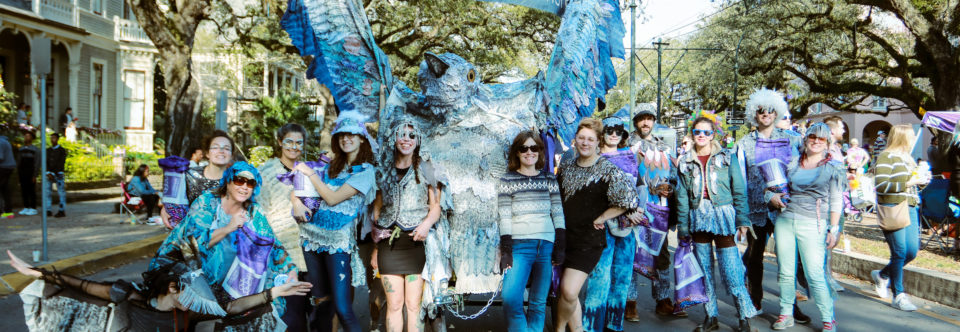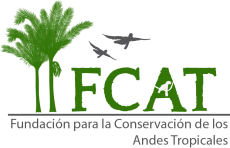"Welcome!"
Welcome! Our lab explores how the environment that organisms experience shapes their ecological, behavioral, evolutionary, and conservation trajectories. We focus our research on animal and plant and plant systems around the world, with active studies on plant-animal interactions, mating systems, demography and survival, signal evolution, movement and dispersal, and endangered species. Our lab takes a socially aware approach that combines community-engaged participatory research with capacity building, training, and education in the biodiversity hotspots where we work.
Fall 2013
Welcome to the newly redesigned Karubian lab webpage! Special thanks to Jess Henkel of Caz Taylor’s lab and Thomas Cheek for helping getting it set up, and Murray Cooper for letting us use his amazing photos.
Lots of news to catch up on…
First off, check out these latest publications out of the Karubian lab: Effects of forest disturbance and habitat loss on avian communities in a Neotropical biodiversity hotspot by Durães et al. (PDF) in Biological Conservation and Female ornamentation in Malurus fairy-wrens: a hidden evolutionary gem for understanding female perspectives on social and sexual selection (PDF) by Jordan Karubian in Emu.
This August marked the inaugural offering of EBIO 466: Tropical Field Biology and Conservation, an intensive two week field course in Ecuador for Tulane undergraduates. The class was led by Jordan Karubian and Renata Durães with Luke Browne as the teaching assistant. Read news coverage of the course here and here and read more about the class on the Courses page.
Karubian et al.’s paper Mating behavior drives seed dispersal in the long-wattled umbrellabird Cephalopterus penduliger (PDF) won the 2013 Biotropica Award for Excellence in Tropical Biology and Conservation. Congratulations!
Jordan and collaborators received grants from the Disney Worldwide Conservation Fund for community-based research partnerships in Ecuador and Papau New Guinea. Jordan also gave presentations at the University of Maine for the Sustainable Solutions Initiative, and here locally to the New Orleans Audubon Society at the Five Happiness Chinese Restaurant.
Scott has been awarded a grant from the National Geographic Society to research the effects of hypoxia and prey distribution on Brown Pelican foraging ecology and demographic processes. This funding will allow us to continue our fine-scale tracking of pelicans in the northern Gulf of Mexico via GPS tracking units.
Read MoreJune 2013
Summer is in full swing, and the lab is scattered far and wide. Jenny is in Peru working on her hummingbirds and flowerpiercers. Luke Browne is in Ecuador conducting seed dispersal research in Bilsa Biological Station. Sam Lantz is in Australia working with red-backed fairy-wrens and coordinating our International Research Experience for Students (IRES) project. Erik Enbody has spent time in Australia with Sam learning the ropes and is now in Papua New Guinea working with white-shouldered fairy-wrens. Scott is in Europe advancing his interdisciplinary research. Closer to home, Brock Geary has been working on brown pelicans and other seabirds nesting on Gulf of Mexico barrier islands. Jordan and family have returned from a semester in Brazil, and are gearing up for their first Tropical Biology field course to Ecuador, in August.
This has been a productive few months for the lab. We received a grant from the USFWS ‘Neotropical Migratory Bird Conservation Act’ program for continued work in Ecuador, and a number of smaller research grants and fellowships. We also had two publications come out, one on flamingo aggression in Zoo Biology (headed up by Mitch Hinton and Anne Bendelow, two Tulane undergraduates) and one on red-backed fairy-wren geographic variation in BMC Evolutionary Ecology, headed up by Dan Baldessarre. Presentations were made at the Association for Tropical Biology and Conservation meeting in June in Costa Rica and the Wilson Ornithological Society meetings in May, in Williamsburg VA.
Read More
